From baby grand to concert grand, pianos have been built in virtually every size over the past three hundred years, ranging from around 4 1/2′ to 10′ long. Today, 4′ 8″ to 9′ is the typical range.
Modern Grand Piano Sizes
Petite Grand Pianos are shorter than 4′ 11″ (sometimes called miniature)
Baby Grand Pianos – 4’11” to 5’1″
Classic or Medium Grand Pianos – 5’2″ to 5’8″
Full Grand Pianos – 5’9″ to 6’2″
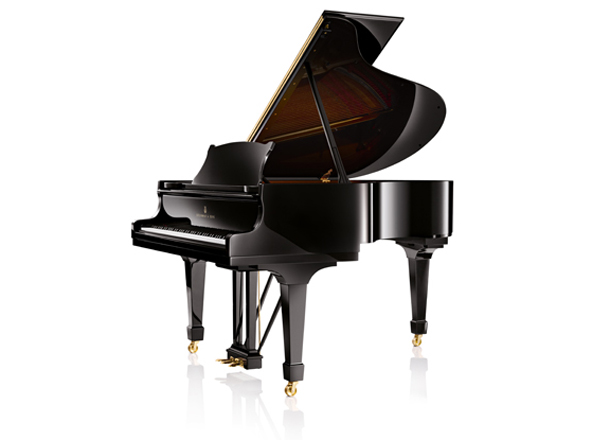
Recital Grand Pianos – 6’3″ to 6’9″
Semi-Concert Grand Pianos – 6’10” to almost 9′
Concert Grand Pianos – anything over 8’10”
Piano technology has changed a lot over the centuries. The first pianofortes had fewer keys, fewer strings, and lacked iron plates. The instrument we know today as the piano developed between the late 1860’s and the mid-1960’s. During that time, pianos became more dynamic, shorter, and began to last longer than a few years.
Similar to how cell phones have changed, the performance of smaller pianos has shown the most dramatic improvement. Because of that, the scale shrunk and the names changed.
The world’s first baby grand piano was the Steinway & Sons Model A, invented in 1905, that settled in at 6′ long – nearly a foot longer than a baby grand piano today. The modern version of this piano is only two inches longer, but because modern baby grand pianos can perform like a 6′ piano did a century ago, we now call 6′ pianos recital grands. And yes, it does follow suit that today’s best designed 6′ pianos can outperform yesteryear’s 7′ pianos and 7′ pianos can outperform 9′ pianos from the past.
As Steinway developed the modern grand piano to keep up with demand, they kept finding ways to make it work really well in a smaller cabinet. In 1916, Steinway & Sons began calling their 5’10 Model O the baby grand because it was smaller than the Model A, which they then began calling a Parlor Grand. Because almost nobody has a parlor anymore – the Model A is now considered a recital grand. The Model M took over the baby grand moniker in 1927 before finally handing the title over to the Model S in 1935. This means the Model S has held the baby grand title for longer than any other piano in history.
The 5’1 Model S also holds the distinction of being the Steinway & Sons piano to have only ever been produced in one size. Legend has it that ‘S’ means ‘small.’
Baby grand piano has pretty always meant “our smallest piano that sounds good” while Petite grand piano, or miniature, means “our smallest piano.”
Why So Many Sizes?
Pianos are designed to sound good in the room they’ll be played in. Concert halls that seat over 1,000 people have plenty of room and they require the power and volume of a concert grand. Theaters and larger churches usually do fine with a semi-concert grand. Most homes do well with a baby grand piano through full grand size.
The size of the piano really is more important than what it’s called, although how the piano performs and how well it is built is going to determine how much you will enjoy your piano, how long it will last, and how much value you get from your investment. When it comes to pianos produced in the past thirty years, design and construction impact performance and reliability more than size.
What Really Matters?
While salespeople may try to convince customer to “buy the biggest piano you can afford,” it’s always better to invest in a better built piano, even if it is a little shorter. Figure out the largest piano you are willing to fit in your space, then work down from there. Quite often, you will find a smaller and lower-price piano that works better for you, looks better in your room, and is easier on your budget.
 Grant Billings was the first person to receive two Masters Degrees from the William Steinway University and is considered the state’s foremost expert on the modern piano.
Grant Billings was the first person to receive two Masters Degrees from the William Steinway University and is considered the state’s foremost expert on the modern piano.
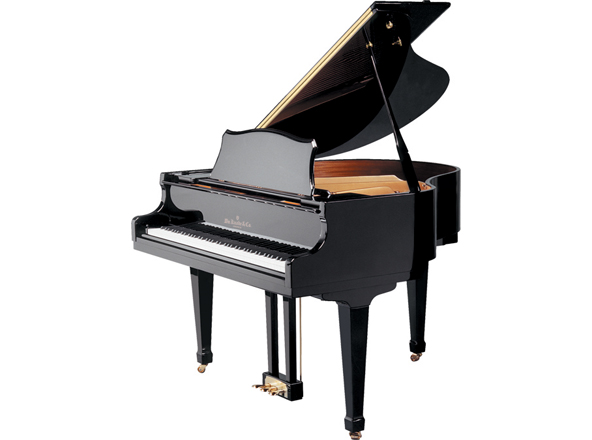
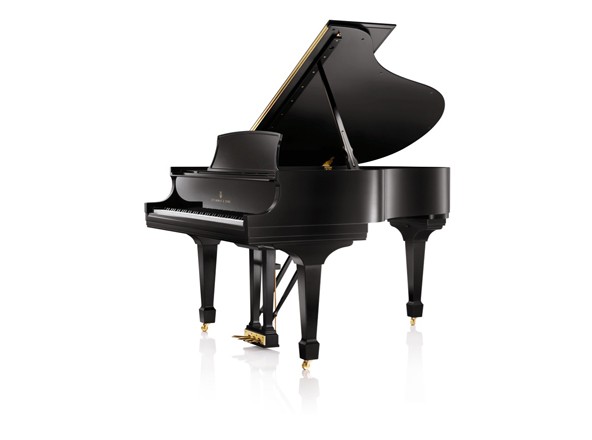
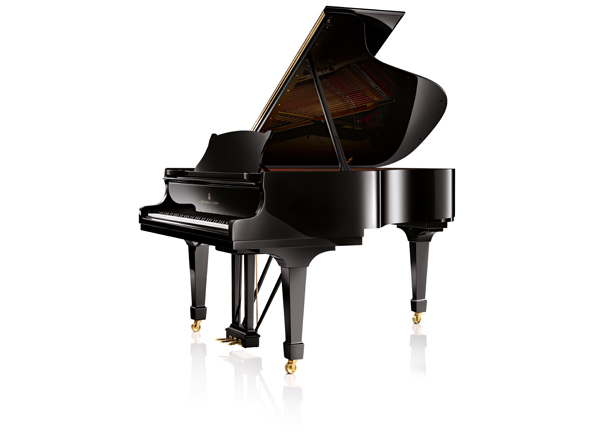
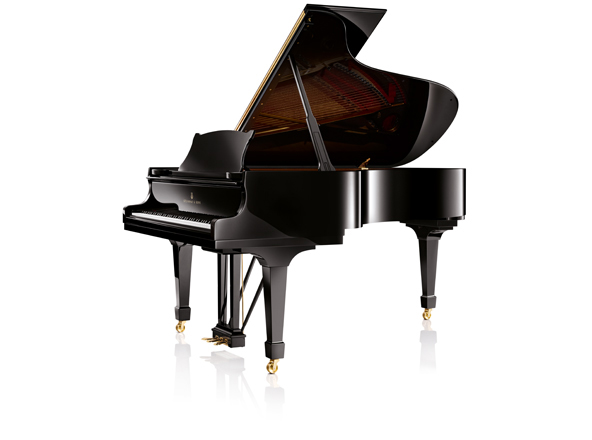
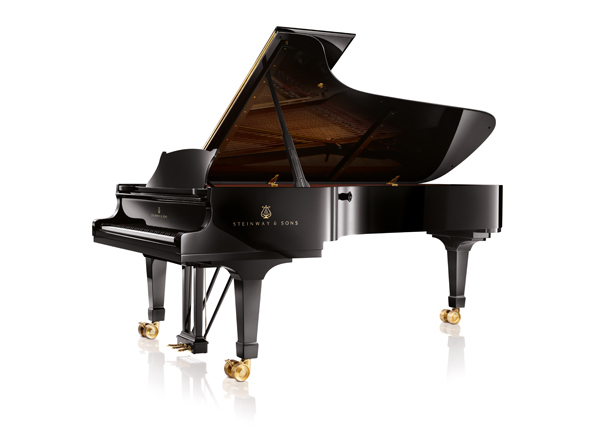
Excellent article! So nice to find a piano store that I can trust.
I found this article very helpful in answering questions that I had before reading the article.